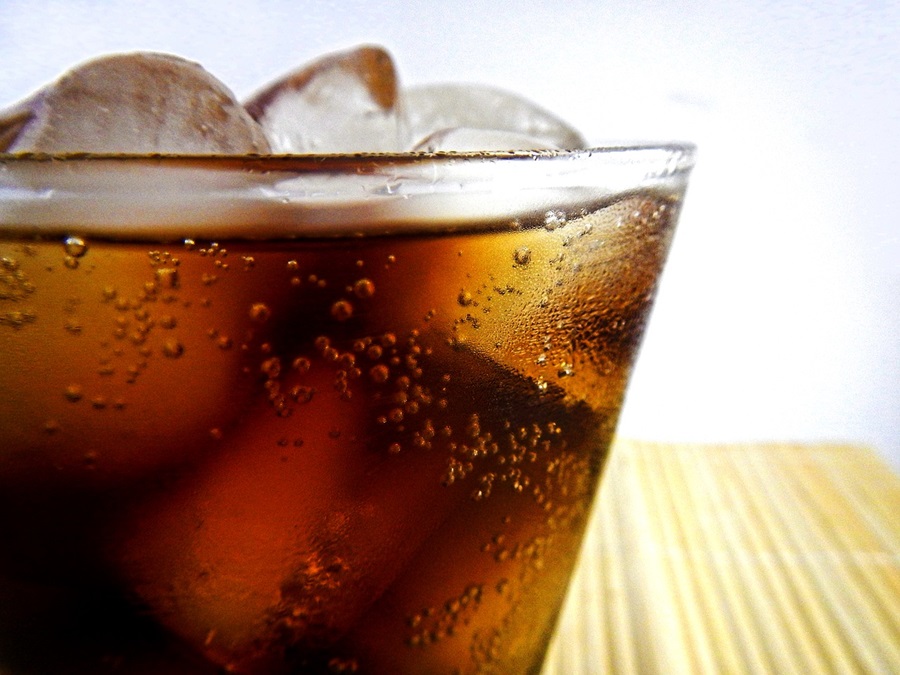Key facts
- 17 global brands were chosen from the shelves over one billion times in 2018 and are part of a ‘billionaire club’ along with 14 local brands from China and India
- Local brands saw an increase in the number of times they are chosen by consumers with its share rising to 64.8% versus global brands’ 35.2%
- Coca-Cola remains the world’s most chosen brand—for the seventh year running
- Colgate is the second most chosen brand globally and is the only brand picked by more than half of all global households—with 60,5% penetration globally
- Vim was the fastest-growing Top 50 brand—with 10% growth in in consumers’ choice, seeing it rise seven places up the rankings and entering the billionaire club
- According to the 2019 edition of Kantar’s Brand Footprint report, there are 17 global fast-moving consumer goods (FMCG) brands that are chosen by consumers more than one billion times a year, and 14 local FMCG brands that are in this exclusive ‘billionaire club’.
Global brands
The Brand Footprint rankings measure which brands are being bought by the most consumers the most often. At a global level, Coca-Cola is the world’s most chosen brand, picked from the shelves 5.9 bn times in a year. Colgate and Maggi both kept their podium positions, being also the world’s most chosen personal care and food brands. Colgate continues being the only brand chosen by more than half of the global population—being present in six out of 10 (60.5%) households globally, while Maggi continued its strong performance seeing how consumers choice raised up to 7% and cementing its spot as the 3rd most chosen brand in the world.
Vim was the fastest-growing Top 50 global brand—with 10% growth in consumers’ choice, seeing it rise seven places up the rankings and entering the ‘billionaire club’ in the 16th position of the global ranking. Ferrero’s Kinder also climbed seven steps up the rank winning 18.5 million households in one year.
Brooke Bond, Dettol and Doritos were the other brands which make up the Top 5 largest global penetration gains and in turn saw an increase in their 2018 global rank.
Local brands and global brands
The publication also shows that local brands grew in 2018, taking 64.8% of all brand consumer choices, versus global brands’ 35.2% share, a gain of 0.3% share which is a slowdown compared to the 0.5% gain in 2017. The biggest achievement for local brands was in the Health & Beauty category where they managed to raise by +0.7% the number of times consumers chose them.
Although local brands winning share continues, global manufacturers such as Unilever have shown how to win at a local level too by adapting their products to local markets’ needs with brands such as Wheel and Surf Excel, in the homecare sector, and Clinic Plus in the beauty & personal care sector.
Brand Footprint reveals that for global brands, it is imperative to win in their biggest market—of the Top 50 brands that grew in their number 1 market, 82% grew overall and, of those that didn’t grow in their number 1 market, 91% declined.
Table 1. The 17 billionaire brands in the global FMCG brands ranking revealed by the Brand Footprint report
|
Rank |
Brand |
Households buying |
Choices by consumer (frequency) |
Purchase acts (consumer reach points m) |
|
1 |
Coca-Cola |
41.9% |
12.3 |
5965 |
|
2 |
Colgate |
60.5% |
5.5 |
3872 |
|
3 |
Maggi |
31.2% |
7.5 |
2698 |
|
4 |
Lifebuoy |
26.3% |
7.5 |
2297 |
|
5 |
Lay’s |
29.6% |
6.6 |
2247 |
|
6 |
Pepsi |
22.7% |
7.6 |
2001 |
|
7 |
Nescafé |
22.7% |
7.5 |
1958 |
|
8 |
Dove |
37.1% |
4.3 |
1833 |
|
9 |
Sunsilk/Sedal/Seda |
23.5% |
6.7 |
1821 |
|
10 |
Indomie |
4.7% |
33.1 |
1782 |
|
11 |
Knorr |
27.4% |
5.5 |
1757 |
|
12 |
Lux |
30.4% |
4.1 |
1428 |
|
13 |
Sunlight |
11.3% |
10.3 |
1355 |
|
14 |
Downy |
13.7% |
8.3 |
1316 |
|
15 |
Nestlé |
25.0% |
4.5 |
1299 |
|
16 |
Vim |
16.7% |
5.4 |
1041 |
|
17 |
Sprite |
24.8% |
3.6 |
1037 |
Source: Kantar’s Brand Footprint report
Table 2. The 14 billionaire brands in the local FMCG brands ranking revealed by the Brand Footprint report
|
Brand |
Country |
Households buying |
Choices by consumer (frequency) |
Purchase acts (consumer reach points - m) |
|
Parle |
India |
74.4% |
25.1 |
5314 |
|
Amul |
India |
18.8% |
73.4 |
3968 |
|
Clinic Plus |
India |
82.4% |
14.4 |
3377 |
|
Britannia |
India |
65.9% |
17.0 |
3204 |
|
Aavin |
India |
4.6% |
178.2 |
2317 |
|
Ghadi |
India |
46.1% |
16.5 |
2180 |
|
Nandini |
India |
4.3% |
168.1 |
2073 |
|
TaTa |
India |
71.7% |
9.0 |
1908 |
|
Wheel |
India |
56.4% |
8.9 |
1427 |
|
Yili |
China |
90.9% |
7.5 |
1275 |
|
Milma |
India |
2.6% |
163.0 |
1229 |
|
Vijaya |
India |
3.2% |
121.9 |
1127 |
|
Surf Excel |
India |
54.0% |
6.9 |
1059 |
|
Mengniu |
China |
88.1% |
6.5 |
1053 |
Josep Montserrat, CEO Worldpanel Division, Kantar, explained: “Global FMCG brands have great opportunities to grow by considering local markets specificities and by adapting their offer to local consumers’ choices, preferences and purchasing behaviour. Those brands who can respond to challenge with agility will continue achieving growth.”
Brand Footprint: the study
Kantar’s annual Brand Footprint study is based on research from 72% of the global population; a total of one billion households in 49 countries across five continents—covering 85% of the global GDP. As part of the study, Worldpanel tracks more than 21,400 brands across beverages, food, dairy, health and beauty and homecare, in the 12 months to November 2018.
Kantar’s annual Top 50 ranking of the world’s most-chosen FMCG brands reveals which brands are achieving global success, providing insights to help FMCG brands set global targets more accurately and improve their global business growth. It is set apart from other brand rankings by providing information on real consumer behaviour rather than attitude. Consumer Reach Points (CRPs) form the basis of the ranking. An innovative metric that measures how many households around the world are buying a brand (penetration) and how often (consumer choice), it provides a true representation of shopper choice.
Credits
The Brand Footprint publication is a Kantar initiative, and the ranking is created in collaboration with GfK in Austria, Belgium, Czech Republic, Denmark, Germany, Hungary, Italy, Poland, Russia, Slovakia, South Africa and Sweden, with IRI in the US, with Intage in Japan and with CTR in China.
Penetration: % of households buying the brand at least once
Consumer Reach Points (CRP) are Kantar’s measure to rank the most successful brands by the number of times they are chosen by consumers throughout the year.

